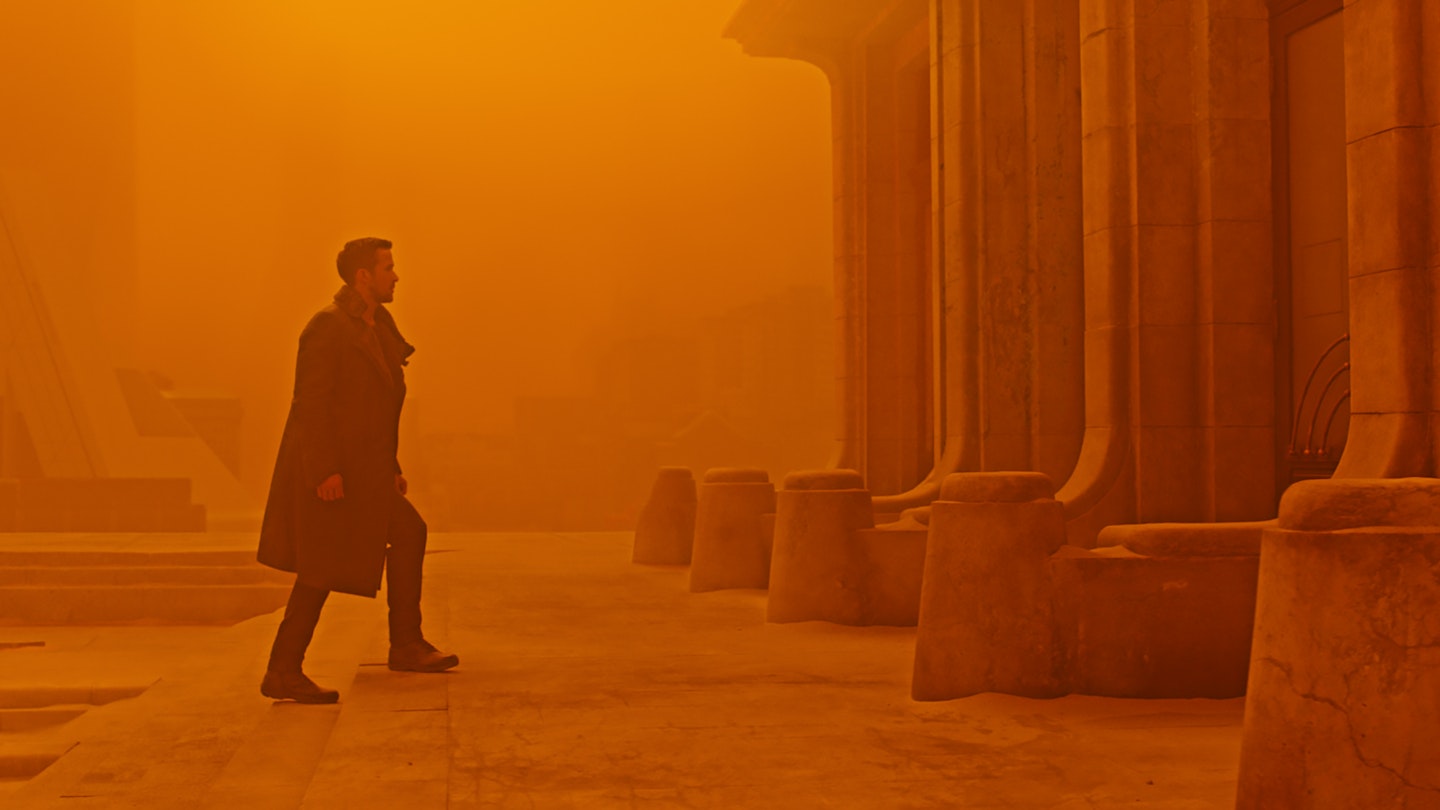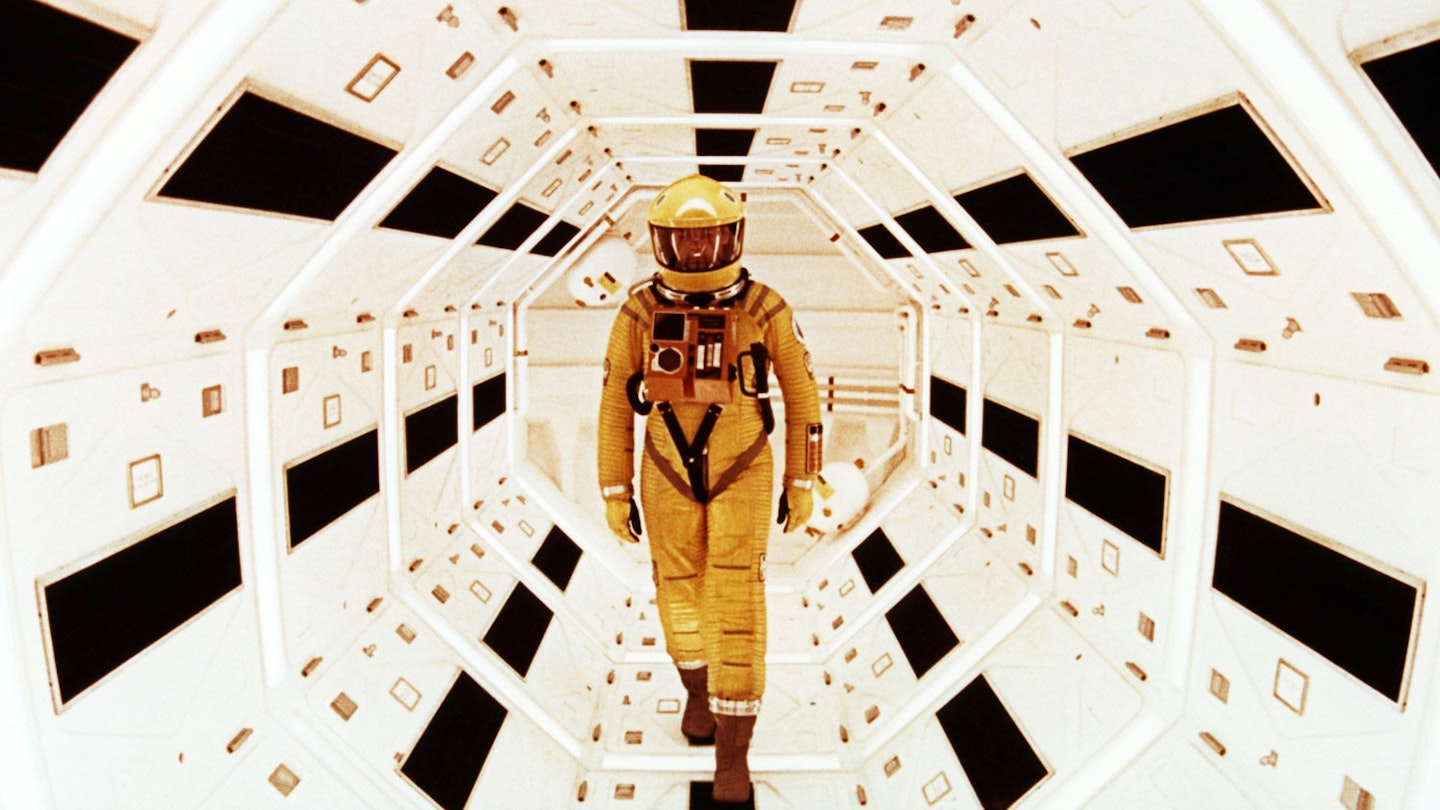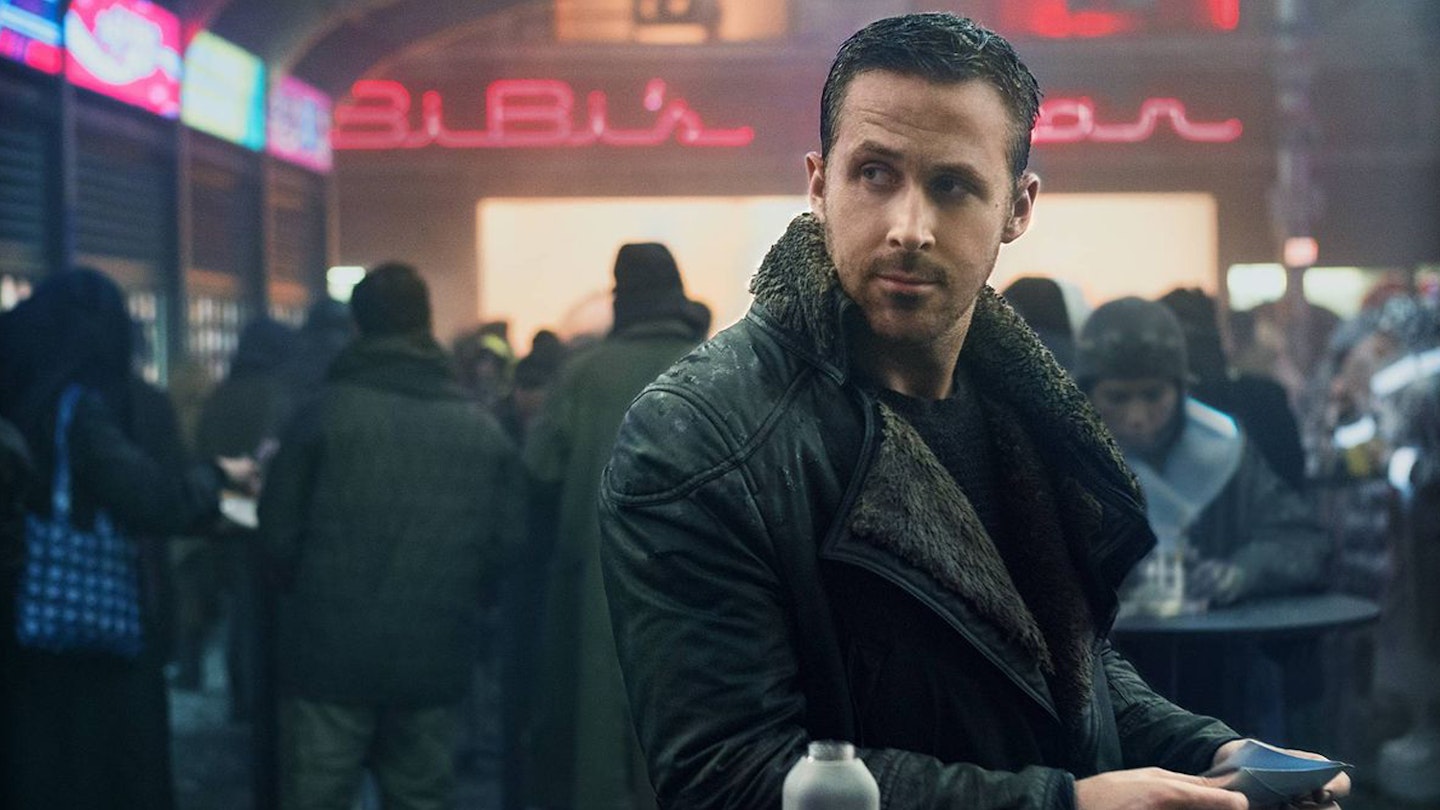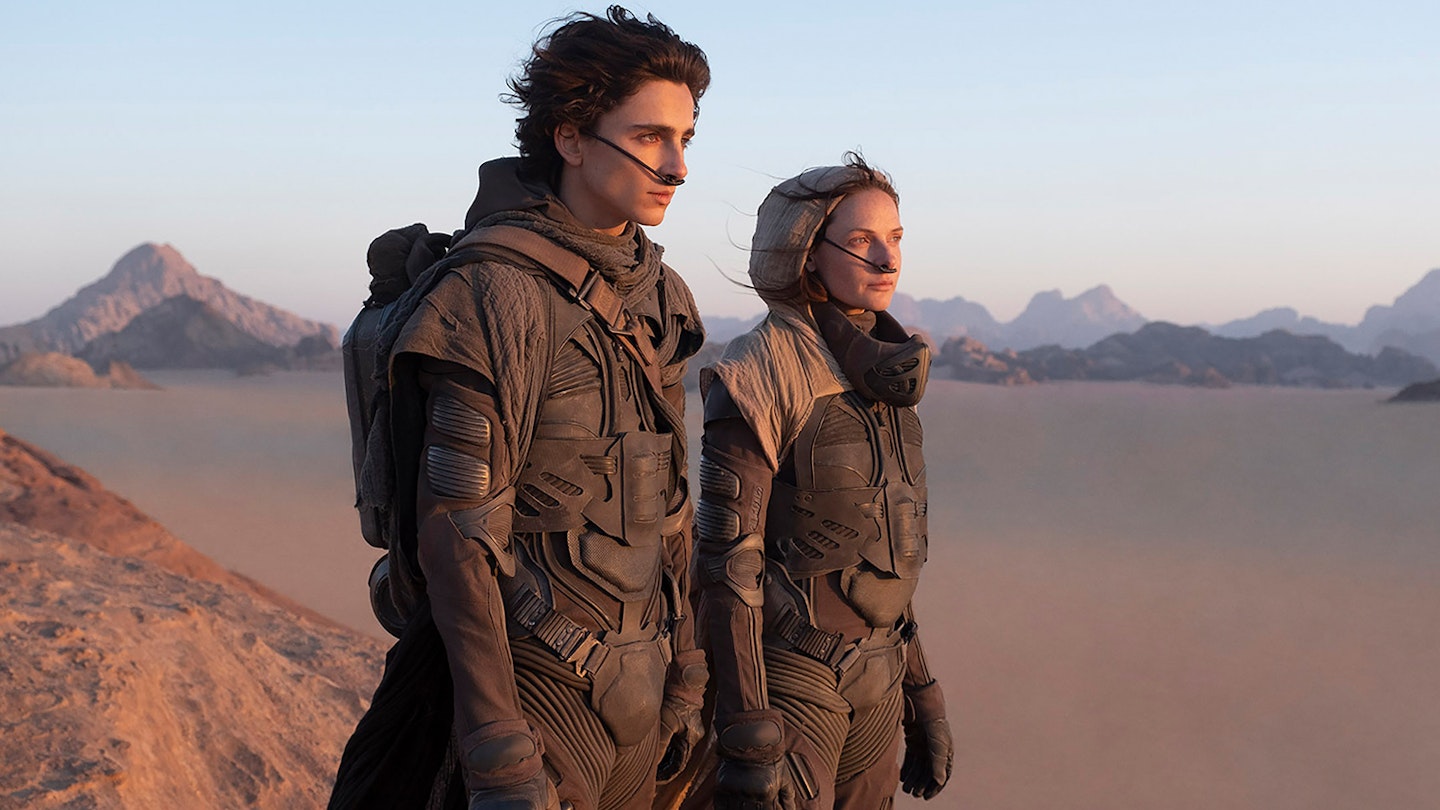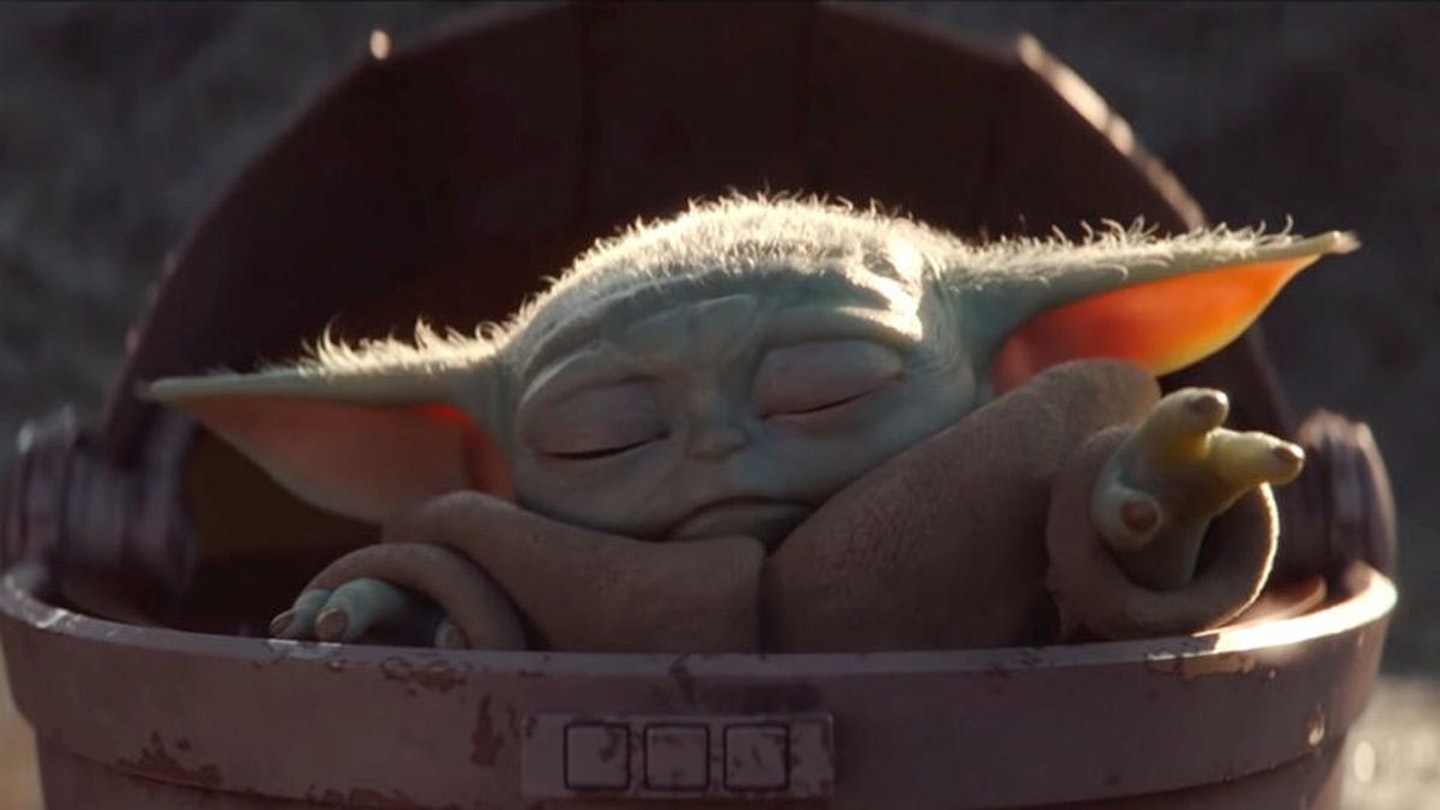There are tears in Blade Runner 2049, and there is rain. In its sunlight-starved Californian megatropolis, luridly haired denizens eat East Asian street food, brandish transparent brollies and are dwarfed by adverts promising a new life in distant colonies they can't afford to reach. Eyeballs feature prominently, as do obscurely distressing psychological tests and vocally controlled analogue gadgets. Identity and memory, meanwhile, remain as questionable as the concept of humanity is fluid.
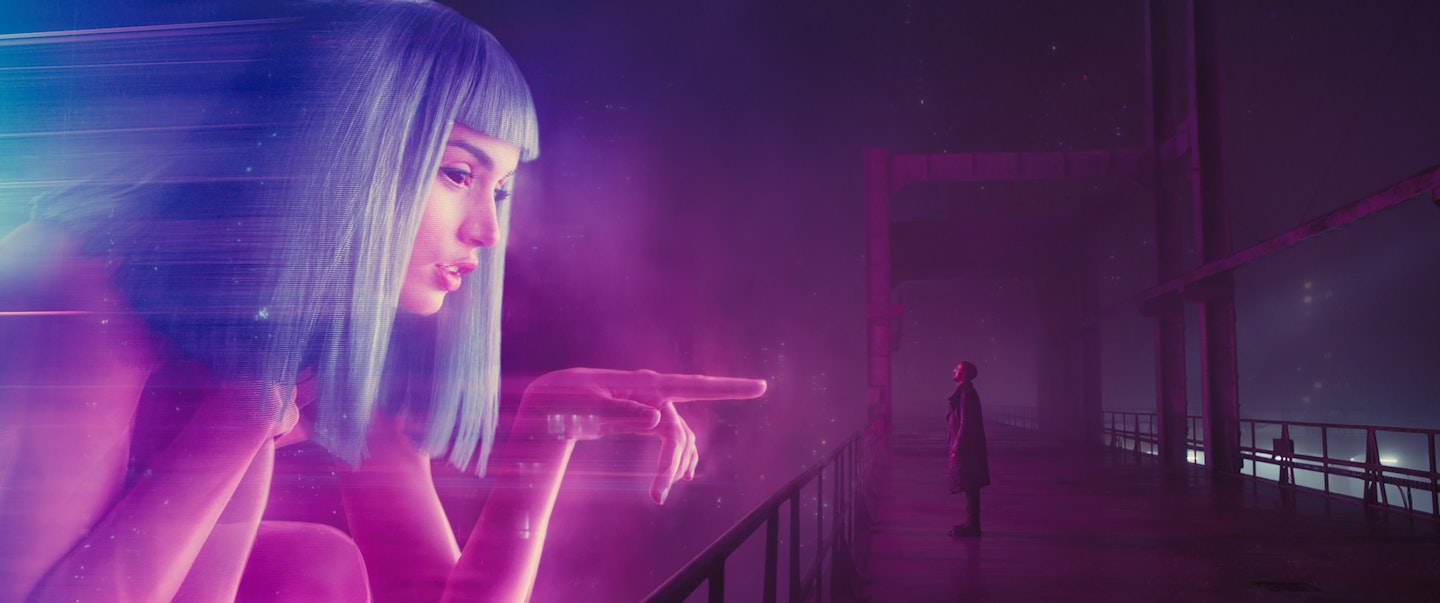
It may be 30 years on from the events of Blade Runner, but we are still very much in the same murky, unsettling and engrossing world. One that was teased from the pages of Philip K. Dick by David Peoples and Hampton Fancher (the latter returning for script duties alongside Logan writer Michael Green) and beamed indelibly onto popular culture by Ridley Scott (now executive producing), with the significant input of visual futurist Syd Mead (back on board, too) and synth-soundscape crafter Vangelis — notably absent here, but faithfully channelled by Hans Zimmer and Benjamin Wallfisch.
Much has changed during those three decades, though. Earth's ecosystem has collapsed, with the world crippled and reliant on replicant-tended protein farms. And the Tyrell Corporation — responsible for those renegade “skin jobs” and the remarkable Rachael — has long-since gone bankrupt, bought out and reskinned as the Wallace Corporation, which keeps the Terran underclass sustained with synthetic gruel and titillated by sexy holographic companions.
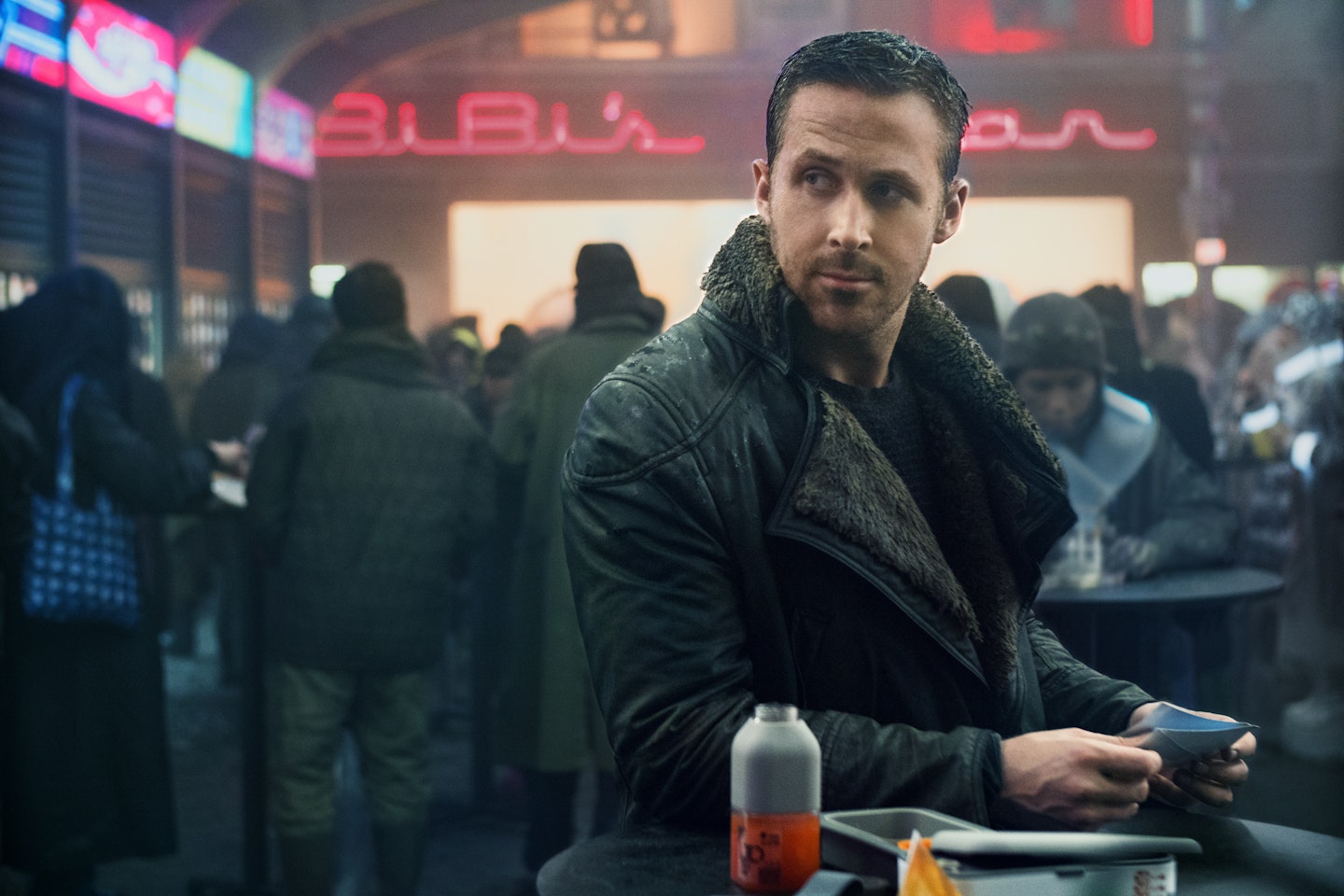
Things have changed behind the camera, too. The ’82 dream team of Scott and DP Jordan Cronenweth has made way for Canadian director Denis Villeneuve and master cinematographer Roger Deakins, who collaborated to such impressive visual effect on Sicario and Prisoners. While the aforementioned continuity ensures that 2049 jacks in directly to the first film — far deeper than the much-heralded return of Harrison Ford as original skinjob-retirer Deckard — Villeneuve and Deakins (along with production designer Dennis Gassner) provide an invaluably fresh set of peepers. The colossal opening vista, for example, presents a rural dystopia in mist-pale daylight, rather than the black-skied urban Hades of Blade Runner. Officer K (yes, as in ‘Philip K. Dick’, Easter egg fans) has to follow his troubling trail of synthetic breadcrumbs outside Los Angeles’ distended city limits, into a San Diego reduced to a rust-crusted shanty junkyard and an irradiated Ozymandias-eque necropolis that was once Las Vegas.
As a must-see-on-IMAX experience, it’s the equal of Dunkirk.
His investigation — both philosophical and physical — is slow, deliberate and arguably ponderous. This is not an action film. We are not here to witness balletic, vertiginous action sequences — leave that to the far shallower Ghost In The Shell. When violence occurs, it is brief and brutal. And with the movie running north of two-and-a-half hours, 2049 requires a robust attention span as much as it does concentration. It is uncompromising and uncommercial; the original, after all, did not earn its esteem by smashing the box office. Its audience did not rush to Blade Runner, but once they arrived they were smitten for life. And it’s clearly for them above all others that the sequel has been made.
So unlike the recent Alien universe instalments, it is blessedly free of ham-fisted, Ridley-knows-best revisionism and thick-headed characters driving the plot forward with bad decisions. Sure, it’s a homage, shamelessly repeating Blade Runner beats and echoing familiar scenarios, but it’s done respectfully and delicately. And beautifully, too. In fact, it’s unlikely you’ll see a better-looking film this year. As a must-see-on-IMAX experience, it’s the equal of Dunkirk. Every stop on K’s swerving, bruising, bewildering and occasionally surreal journey is a towering work of art. That vast screen will swallow you up and draw you deep into an impeccably envisioned black-mirror reality that you’ll not want to leave, for all its deadly and unsavoury peculiarities. It’s so sensually impressive, it’s hard not to gush. If Deakins doesn’t win an Oscar for this, then the universe is clearly broken.
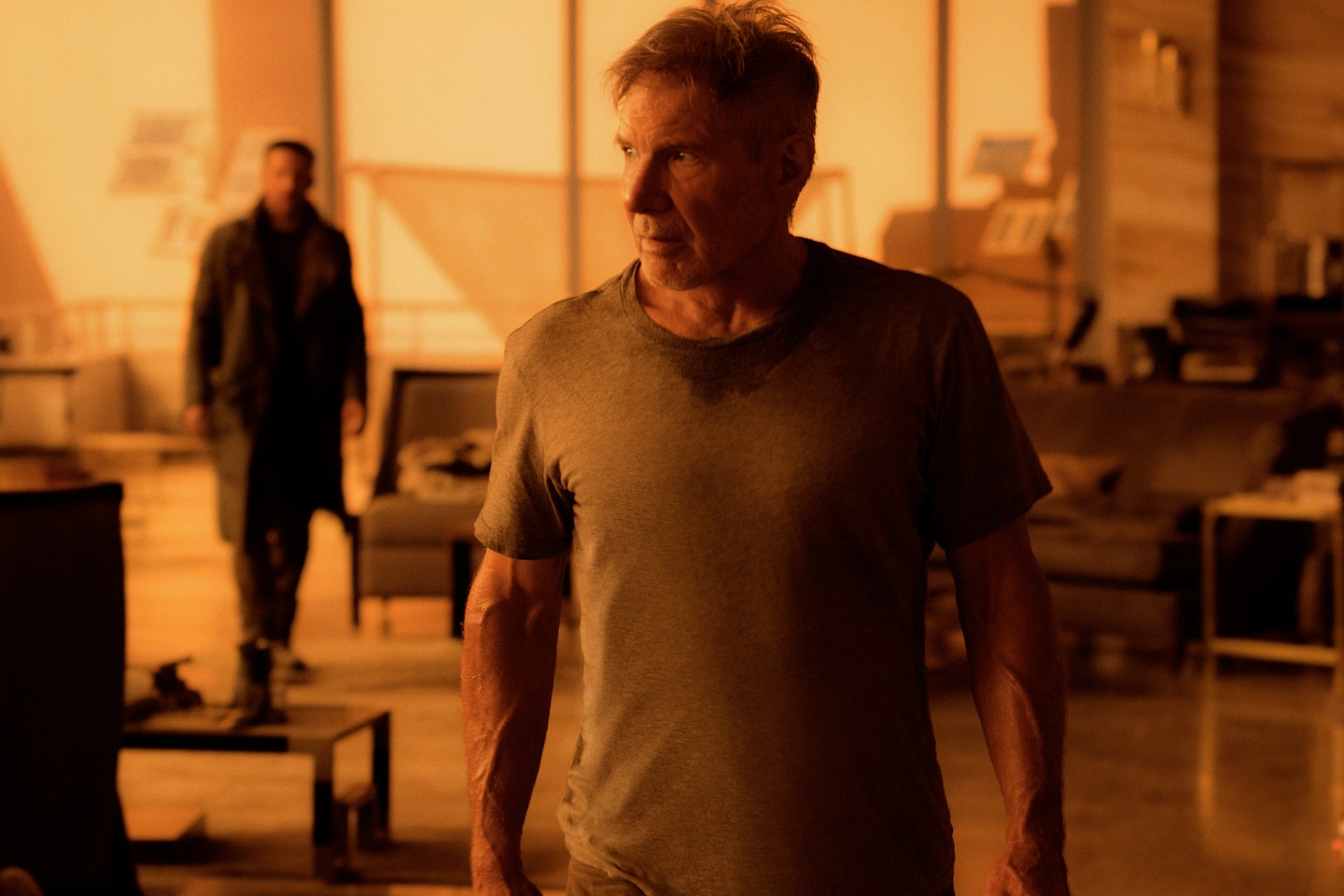
However, it’s not quite a perfect product. Gripes are sparse, but do include an inessential cameo that feels too much like tacked-on fan-servicing, and Jared Leto as God-complex-suffering, monologue-prone industrialist Niander Wallace. The scenery’s just too gorgeous to have him chewing on it like he does.
More happily, we can report that Gosling is perfect casting as K, Villeneuve optimising the _La La Land_er’s reluctant charisma and half-smile, just as Nicolas Winding Refn did for Drive — though K is far from a blank presence. And if you think Ford is on easy territory as yet another timeworn version of a classic character he could play in his sleep, think again. This is possibly the best performance of his career, Deckard’s situation testing the veteran actor in ways we’ve rarely seen before.
Villeneuve must be fearless, to have been willing to push Ford like that. In a sequel to a movie that we thought was untouchable, no less. It’s too early to judge whether or not he’s actually superseded Scott’s sci-fi noir masterpiece; all its heady contents need to settle. But it’s not too soon to say he’s matched it.
